Archives
- 2018-07
- 2019-04
- 2019-05
- 2019-06
- 2019-07
- 2019-08
- 2019-09
- 2019-10
- 2019-11
- 2019-12
- 2020-01
- 2020-02
- 2020-03
- 2020-04
- 2020-05
- 2020-06
- 2020-07
- 2020-08
- 2020-09
- 2020-10
- 2020-11
- 2020-12
- 2021-01
- 2021-02
- 2021-03
- 2021-04
- 2021-05
- 2021-06
- 2021-07
- 2021-08
- 2021-09
- 2021-10
- 2021-11
- 2021-12
- 2022-01
- 2022-02
- 2022-03
- 2022-04
- 2022-05
- 2022-06
- 2022-07
- 2022-08
- 2022-09
- 2022-10
- 2022-11
- 2022-12
- 2023-01
- 2023-02
- 2023-03
- 2023-04
- 2023-05
- 2023-06
- 2023-08
- 2023-09
- 2023-10
- 2023-11
- 2023-12
- 2024-01
- 2024-02
- 2024-03
- 2024-04
- 2024-05
- 2024-06
- 2024-07
- 2024-08
- 2024-09
- 2024-10
- 2024-11
- 2024-12
- 2025-01
- 2025-02
- 2025-03
-
Another key component of proper DA cell physiology is the
2022-01-26

Another key component of proper DA cell physiology is the basal firing activity of SN DA neurons, which maintains extracellular levels of dopamine in the dorsal striatum that are essential for voluntary movement [106]. Changes in SN DA neuron activity directly impacts the amount of dopamine released
-
In the last years a plethora
2022-01-26
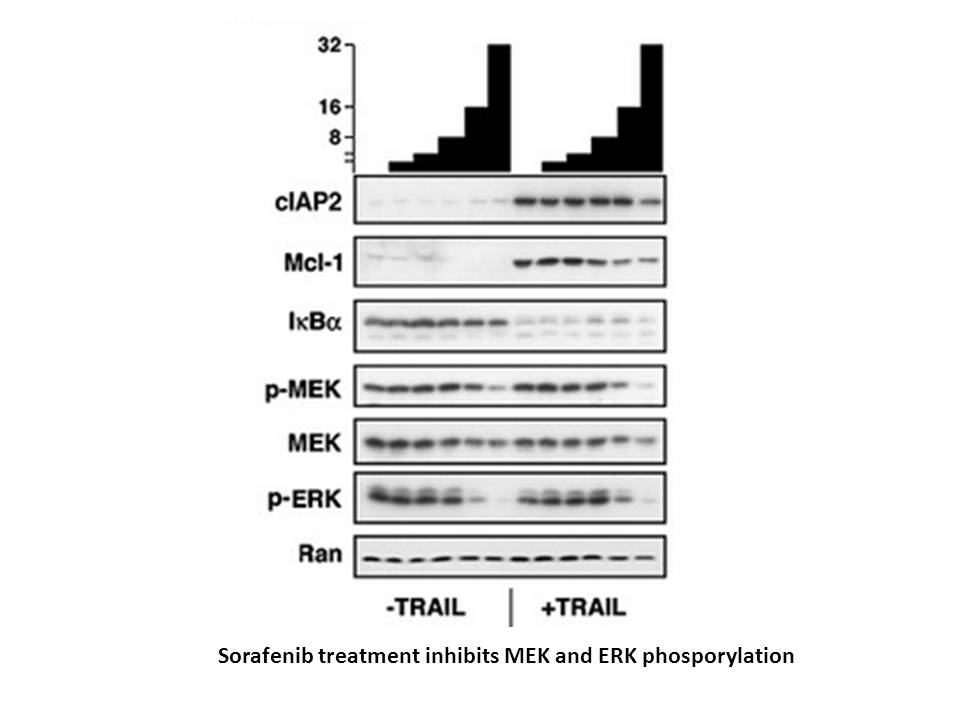
In the last years, a plethora of studies overstepped the classic concept of the ENS as purely modulator of GI secretion and motility, focusing on its potential as source of substances acting on immune cells and consequently involved in the control of local inflammatory events, as in the Inflammatory
-
Two types of processes intrinsic and extrinsic
2022-01-26
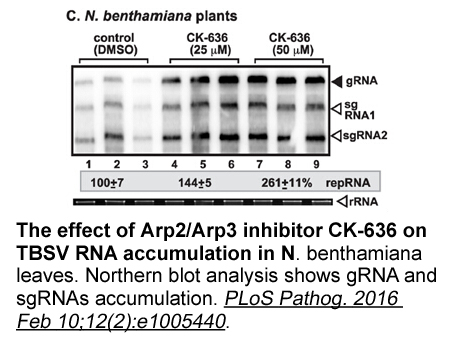
Two types of processes, intrinsic and extrinsic, contribute synergistically to the age-related change on structural integrity and physiological function of the skin (Farage, Miller, Elsner, & Maibach, 2008). Intrinsic aging arise from genetically programmed cell aging, normal metabolic activities, a
-
Some malignant human tumors cells also express FPRs and resp
2022-01-26
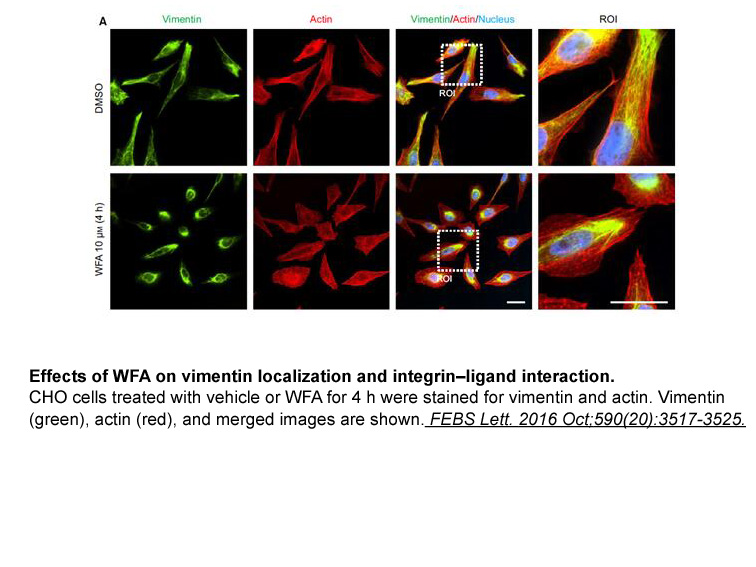
Some malignant human tumors Ramipril also express FPRs and respond to bacterial or endogenous agonists by increased motility and growth. For instance, FPRs expressed by human gastric cancer cells, mediate epithelial–mesenchymal transition, cell proliferation, migration, and resistance to apoptosis
-
Studies of human and mouse
2022-01-26
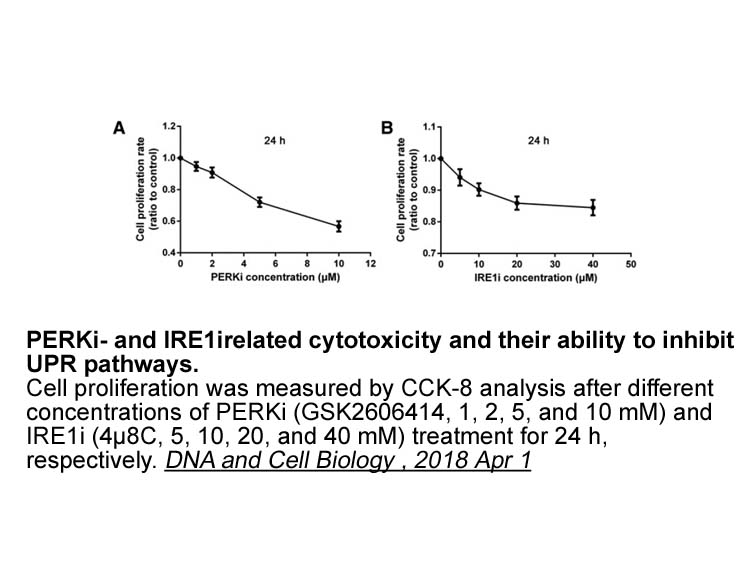
Studies of human and mouse GPR84, as ascertained by mRNA levels in various tissues, have determined that GPR84 is highly expressed on bone marrow cells, splenic T and B cells, and circulating granulocytes/monocytes/macrophages. In the latter cells, mRNA expression of is up-regulated only under infl
-
br Role of ferroptosis in
2022-01-26
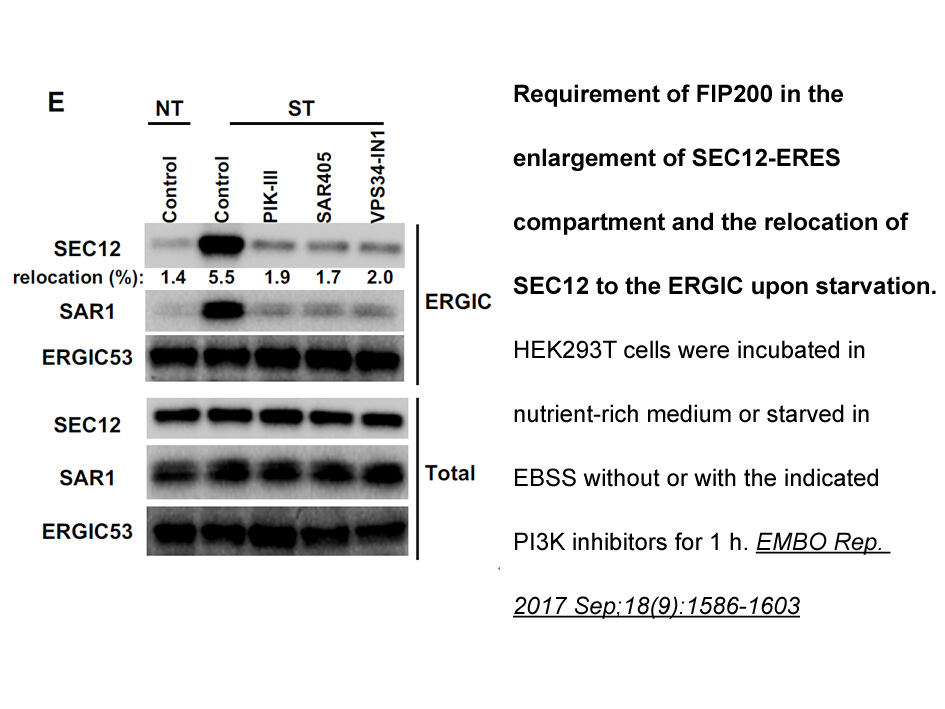
Role of ferroptosis in PD Pathological progression of PD displays features that may facilitate ferroptosis induction such as elevated iron in the SNpc [49], [57], [88], [122], depleted GSH [194] and lipid peroxidation [51]. Iron chelation has been shown to mitigate the motor impairment in mouse m
-
In recent years it was
2022-01-26
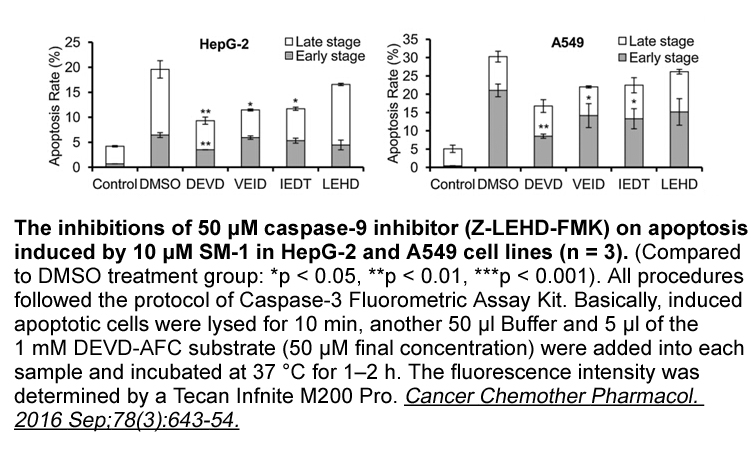
In recent years, it was discovered in animals that certain types of non-apoptotic cell death are strictly dependent on iron and ROS. The term ‘ferroptosis’, derived from the Greek word ‘ptosis’ (falling) and the Latin word ‘ferrum’ (iron), is coined to describe such cell death phenomena. Cytoplasmic
-
To enhance the impact of GD as
2022-01-26
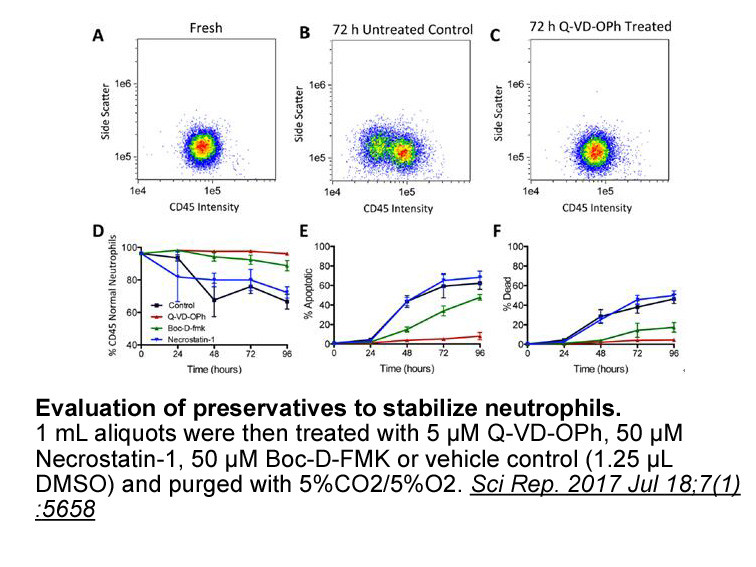
To enhance the impact of GD2 as an immune target in this cancer, we investigated a novel strategy to upregulate expression on the cell surface of EwS cells by an epigenetic agent, based on the following rationale. Biosynthesis of GD2 and other gangliosides during organ development is driven by stage
-
derivative of 5 The histamine H receptor H R amino
2022-01-26
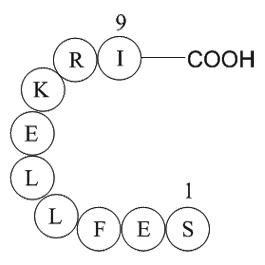
The histamine H3 receptor (H3R; 326–445 amino-acids) is located on histaminergic neuron somata, dendrites and axon varicosities, as well as on the axon varicosities and somata of other neurons, providing negative feedback to inhibit histamine synthesis and the release of histamine or other transmitt
-
br Materials and methods br Results br Discussion The
2022-01-26
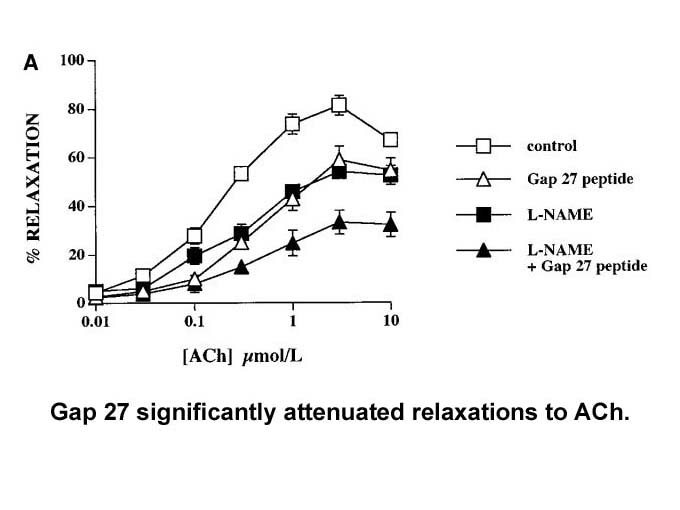
Materials and methods Results Discussion The major findings of the present study are that: 1) the response to inverse agonists may be crossregulated by the activation of either sr1 H1 or H2 receptors, 2) histamine H1 and H2 receptor inverse agonists crossdesensitize the receptor´s response
-
As GLO is the major detoxification system of reactive dicarb
2022-01-25
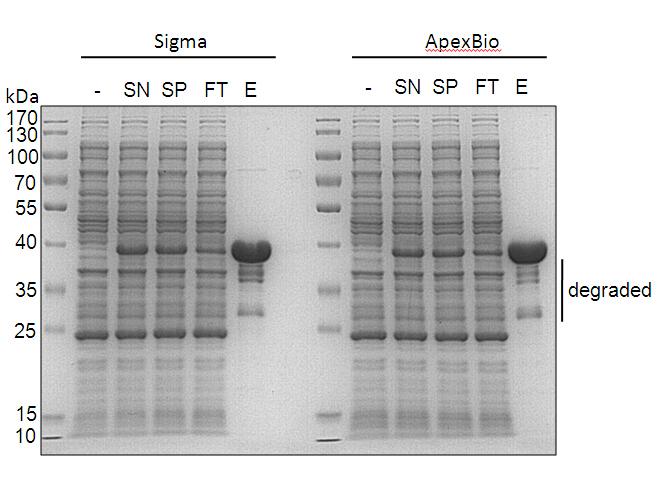
As GLO1 is the major detoxification system of reactive dicarbonyls, it is plausible that differences in production and activity of the enzyme influences AGE production and the development and/or modulation of diabetic neuropathy. Glo1 exists as a copy number variant (CNV) in many inbred strains mice
-
Being a facultative intracellular pathogen
2022-01-25
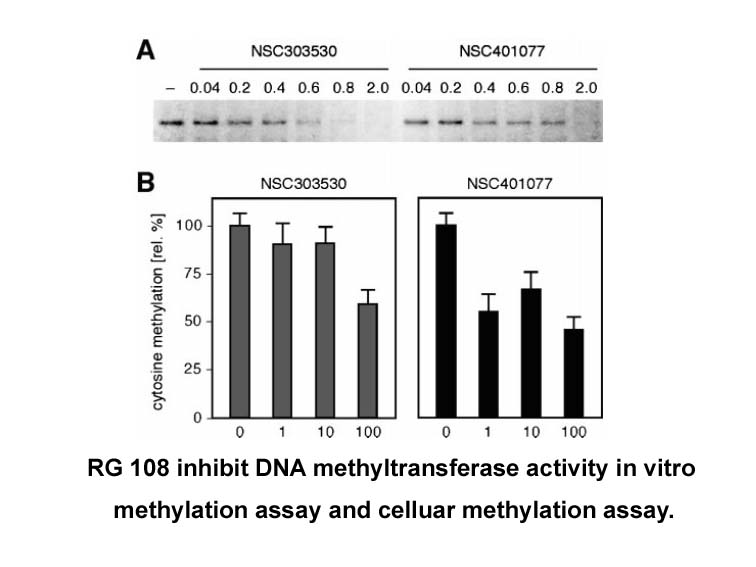
Being a facultative intracellular pathogen, C. pseudotuberculosis is exposed to oxygen and nitrogen species (ROS and RNS, respectively) reactive environment within macrophages (Nathan and Shiloh, 2000), apart from species endogenously generated by metabolic processes. These molecules interact with D
-
br Regulation of Glu transporters The pivotal role
2022-01-25
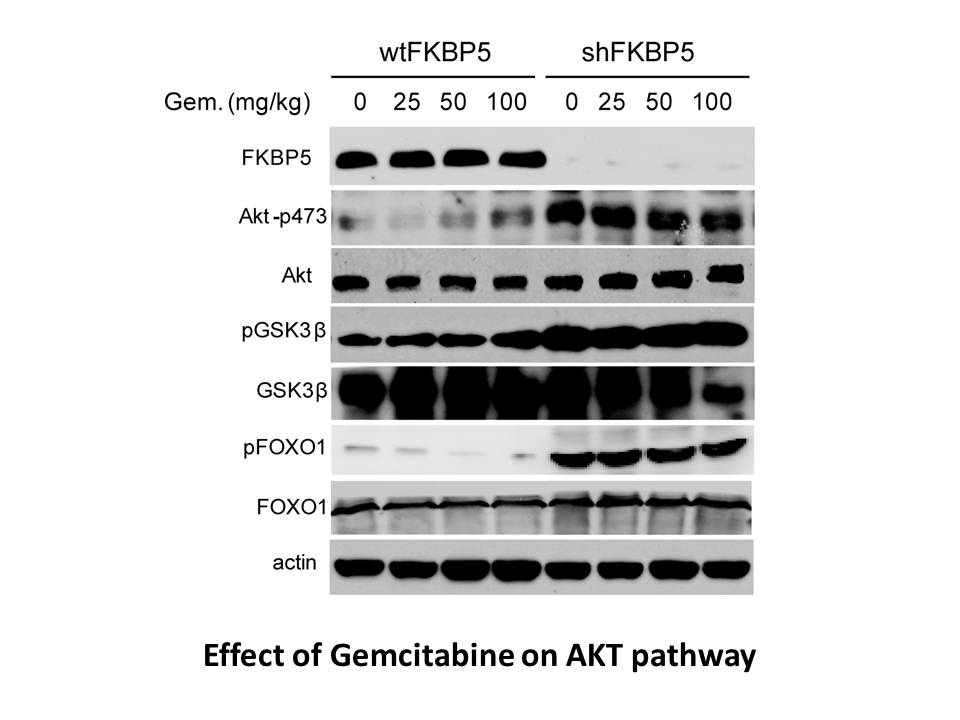
Regulation of Glu transporters The pivotal role of Glu transporters in the fine tuning and turnover of this excitatory amino bifonazole calls for a detailed characterization of its regulation. Several general mechanisms that modify Glu uptake activity have been described. These include transcrip
-
br A myriad of receptors in WM
2022-01-25
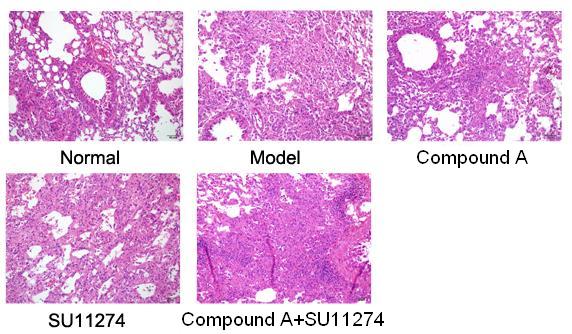
A myriad of receptors in WM To complicate the picture, WM glia express numerous non-glutamatergic neurotransmitter receptors, a fact that is often underappreciated when considering pathophysiology. When examined in isolated optic nerve, a central WM tract completely devoid of neuronal synapses, r
-
In a previous study M ykkynen et al
2022-01-25
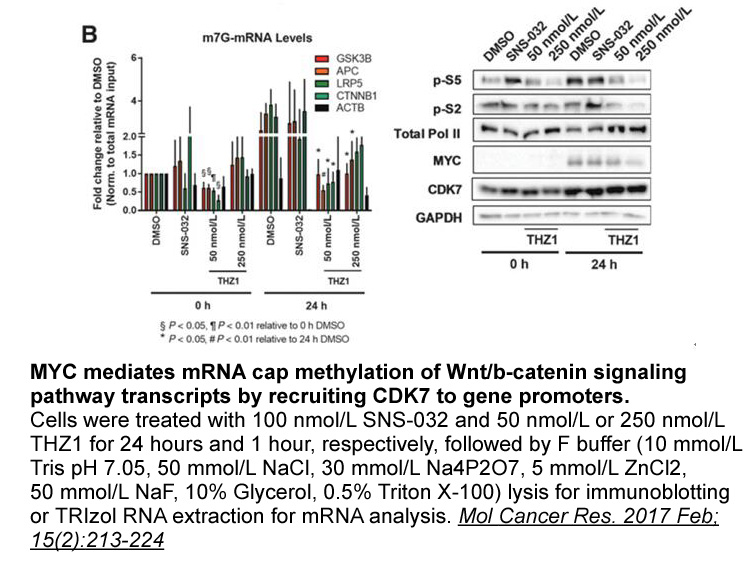
In a previous study (Möykkynen et al., 2003), we reported that ethanol lengthens the time needed for the AMPA receptors to recovery from desensitization in isolated hippocampal neurons. Here, we did not observe any effect of ethanol on recovery from desensitization in recombinant homomeric GluR-D r
15280 records 487/1019 page Previous Next First page 上5页 486487488489490 下5页 Last page